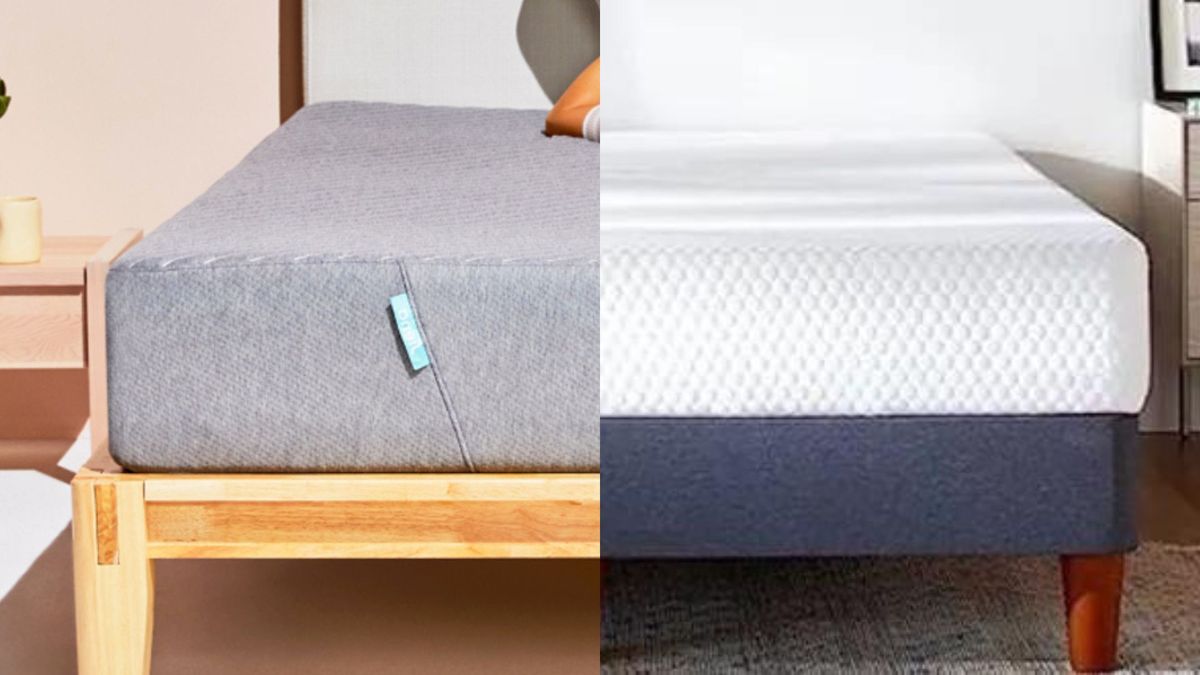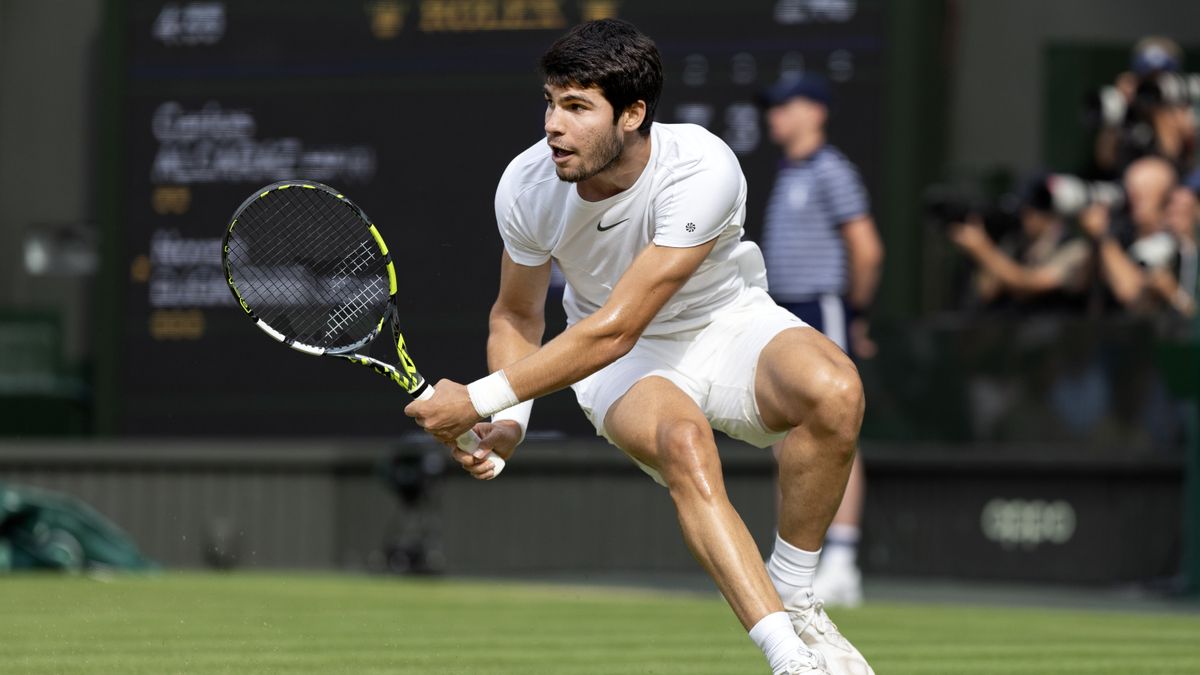On Sunday, Tesla opened a new website for the public to sign up to get updates on the robotaxis, which can be hailed via an app.
It is unclear how fast Tesla will be able to expand its service and catch up with Waymo, the only company with a fully public self-driving ride-hailing service in the US. Waymo rolled out its fleet in San Francisco three years ago.
A group of Democratic lawmakers in Texas wrote to Tesla recently urging the company to delay its robotaxi launch until September when a new law on autonomous vehicles is due to be implemented. State governor Greg Abbott signed the rules—which require a state permit to operate self-driving vehicles—into law on Friday.
Tesla’s technology relies only on a set of cameras mounted on its vehicles, compared with the more expensive radar and lidar sensors used by Waymo and other rivals.
Musk claims Tesla’s approach will allow it to expand the service more quickly and at cheaper prices. Tesla has said its Cybercab robotaxi, which has no steering wheel or pedals and was unveiled last year, will sell for less than $30,000.
Rivals, including Waymo and Amazon-owned Zoox, use remote monitoring systems with support staff able to intervene and guide a vehicle that has ground to a halt because of an obstacle or accident. Unlike Tesla, they do not have a safety driver in the vehicle.
“Tesla has in no way demonstrated that its system is capable of the kind of accuracy and reliability that would be necessary for deployment in a range of driving conditions,” said Bryant Walker Smith, an associate professor at the University of South Carolina.
Barclays analyst Dan Levy also cautioned there was still a huge amount of work to be done in building out the infrastructure to enable fully autonomous vehicles, saying “catching up to or surpassing Waymo will be no small feat.”
© 2025 The Financial Times Ltd. All rights reserved. Please do not copy and paste FT articles and redistribute by email or post to the web.
.png)
 2 weeks ago
1
2 weeks ago
1











 English (US) ·
English (US) ·